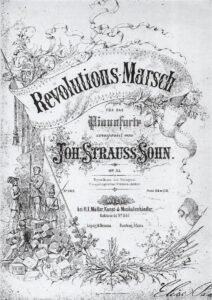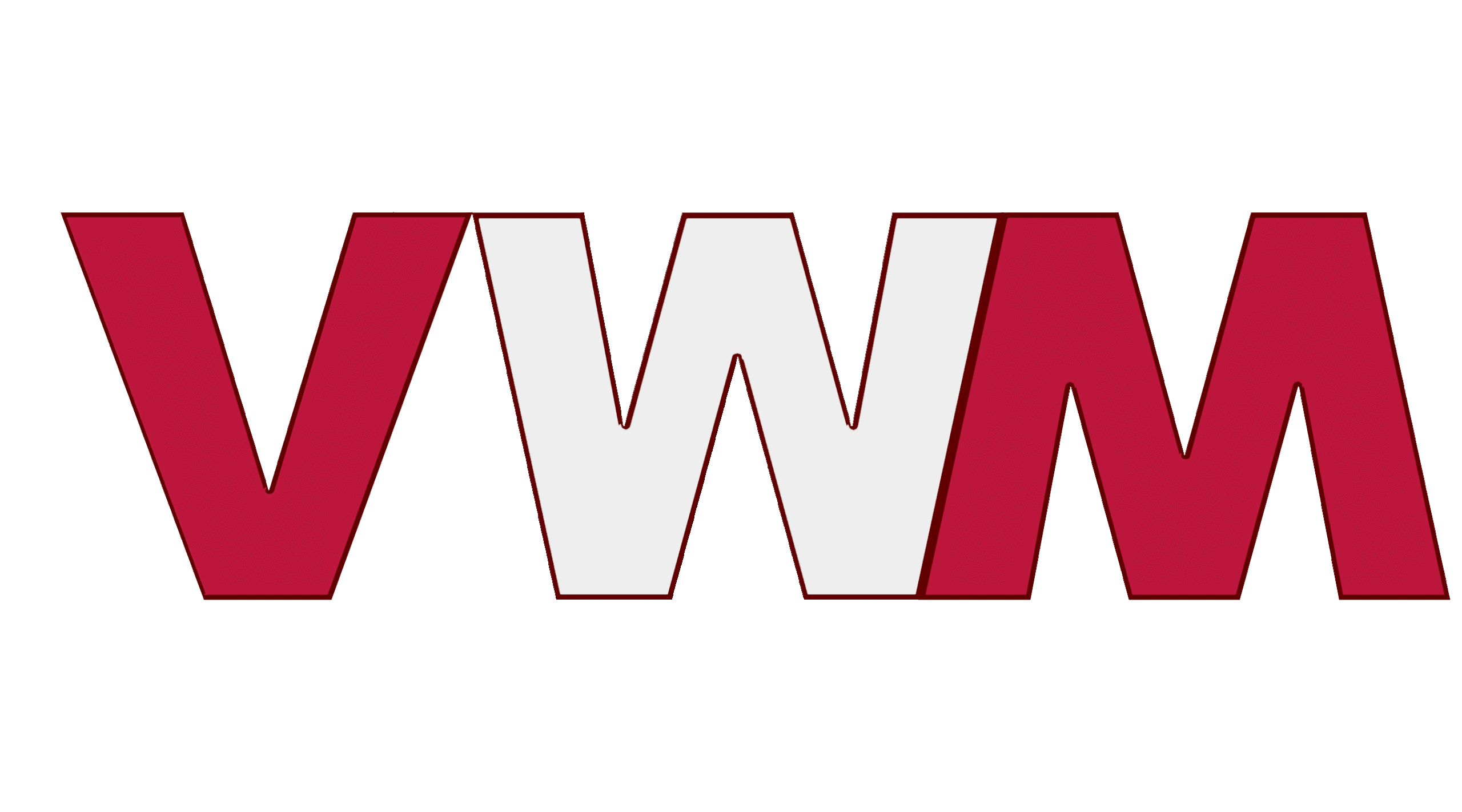Johann Strauss II (1825-1899) Revolutions-Marsch op. 54 / Revolutionary-March

Das Jahr 1848 war das Jahr der Revolutionen in Europa. In Wien erhoben sich im März die Stu- denten; Fürst Metternich setzte das Militär gegen die Demonstranten ein. Die Revolution griff auch nach Bukarest über, wo Johann Strauss konzertierte. Der in der Uniform des Bürgerregi- ments agierende Wiener Musikdrektor stand auf der Seite der Jugend und damit der Freiheit. Verabschiedet hate sich Johann Strauss, wie aus den Meldungen hervorgeht, mit einem schnei- digen Marsch. Gleich nach seinem Eintreffen in Wien führte er im Casino Zögernitz in Oberdöb- ling einen „Siegesmarsch der Revolution“ auf, der im August 1848 als „Revolutions-Marsch“ im Druck erschien.
The year 1848 was the year of revolutions in Europe. In Vienna the students rose in March; Prince Metternich used the military against the demonstrators. The revolution also spread to Bu- charest, where Johann Strauss gave concerts. The Viennese music director, wearing the uni- form of the citizens’ regiment, was on the side of the youth and thus of freedom. According to the reports, Johann Strauss said goodbye with a dashing march. Immediately after his arrival in Vienna he performed a “Victory March of the Revolution” at the Casino Zögernitz in Ober- döbling, which appeared in print in August 1848 as the “Revolutionary March”.

| sound sample / Tonbeispiel | score/parts PDF download: € 18,- | add to cart / in den Warenkorb |
